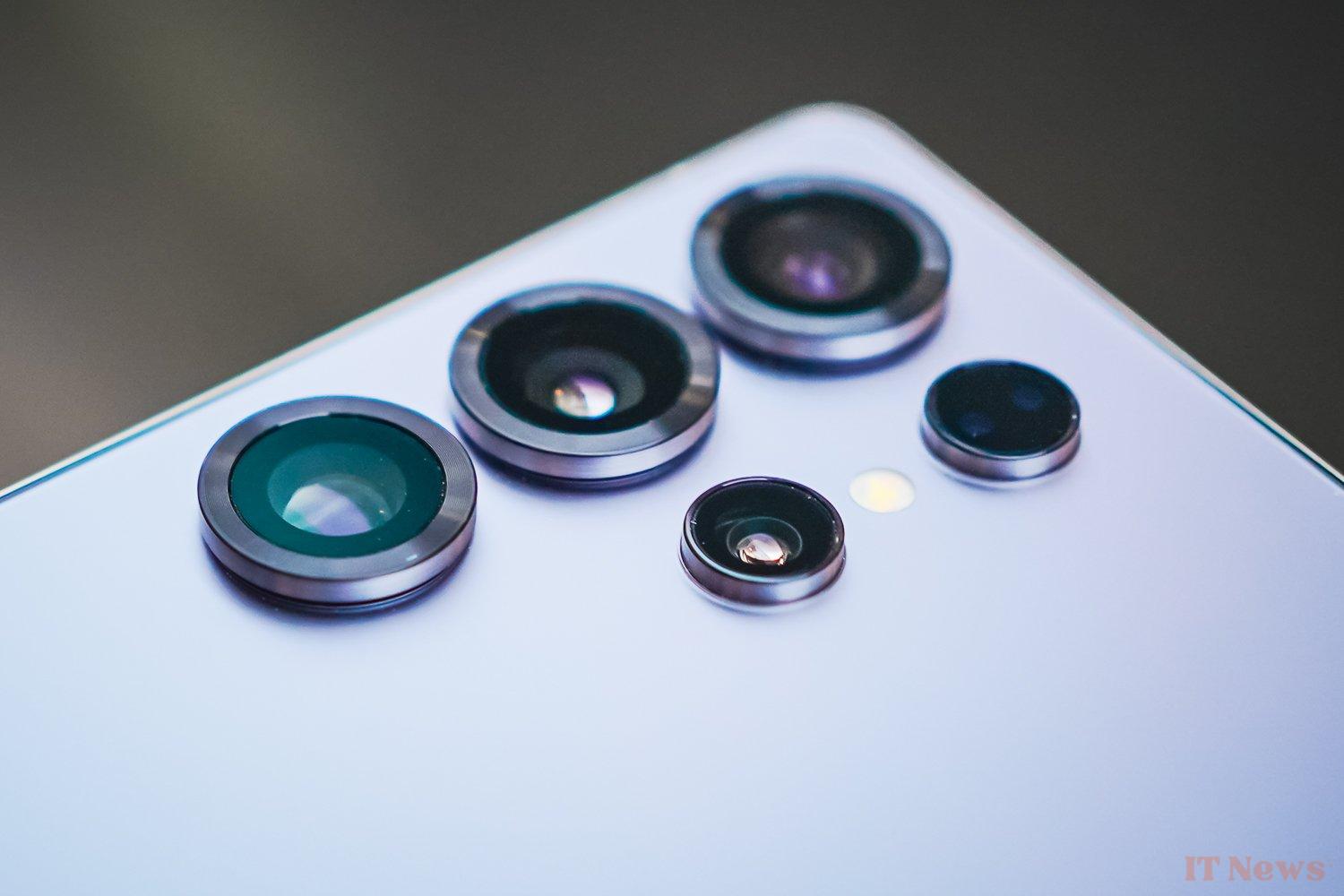In the small world of photo editing, the rise of generative artificial intelligence poses certain problems that will become increasingly difficult to solve as this technology improves. It is becoming increasingly difficult to distinguish between real and fake. Manufacturers are working on solutions, such as watermarks and metadata on images edited by AI.
Need for transparency
The Galaxy S25 are the first Android smartphones to integrate C2PA metadata on images edited with Galaxy AI tools. Before editing, the app warns that a watermark and information will be added to the image to indicate that it contains AI-generated content. The watermark is a simple block of text at the bottom. Metadata can be viewed in the Samsung Gallery app by tapping the "cr" ("content credentials") icon.
It is also possible to view this information on the Content Credentials website set up by the C2PA (Coalition for Content Provenance and Authenticity), at this address. Unfortunately, Samsung's certificate has not yet been verified, but this should be corrected quickly (let's hope).
The C2PA coalition includes a good number of companies involved in AI, Samsung of course, but also Google, Meta, Microsoft, OpenAI, as well as Sony, Intel, Amazon, Adobe, Arm, Leica, Nikon... Apple is the only one missing from the lot. The organization is developing new standards for the traceability of digital content. These standards define how encrypted metadata should be included in image files (information about the device used to create the image, AI tools used, issuer of authenticity information, date of issue of the information).
This information can be found in EXIF metadata, which is quite easy to falsify. This traceability data should be harder to fool, because C2PA maintains a list of known certificates to prevent self-signed certificates from impersonating legitimate entities.
With C2PA standards, it is possible to verify that an image comes from the indicated source. But they cannot be used to identify images generated by AI. If the sender cannot be confirmed or is absent, the image may still be authentic, but other clues such as a watermark or signs of manipulation must be checked.
In short, it is not a panacea, especially since there are tools to "clean" images of C2PA metadata. And then there are few apps that can recognize this information. Despite everything, you have to start somewhere.
Source: AndroidAuthority



0 Comments